Which Otoscope To Buy ?
When choosing an otoscope to buy, it is important to consider your specific needs and preferences. There are various types of otoscopes available, including traditional direct otoscopes and newer digital otoscopes. Direct otoscopes use a light source and magnifying lens to examine the ear canal, while digital otoscopes have a built-in camera that allows for easier visualization and documentation of the ear canal. Factors to consider when selecting an otoscope include the intended use (personal or professional), budget, desired features (such as adjustable brightness or compatibility with smartphone apps), and the reputation and reliability of the brand. It may be helpful to read reviews and compare different models to make an informed decision. Additionally, consulting with a healthcare professional or specialist may provide valuable insights and recommendations based on your specific requirements.
1、 Types of Otoscopes: Traditional vs. Digital
When it comes to choosing an otoscope, there are two main types to consider: traditional otoscopes and digital otoscopes. Each type has its own advantages and considerations, and the choice ultimately depends on your specific needs and preferences.
Traditional otoscopes, also known as direct otoscopes, are the more traditional option. They consist of a light source and a magnifying lens, allowing healthcare professionals to directly visualize the ear canal and eardrum. Traditional otoscopes are generally more affordable and straightforward to use. They are also durable and have been widely used for many years.
On the other hand, digital otoscopes offer several advantages over traditional otoscopes. They have a built-in camera that allows for real-time visualization of the ear canal and eardrum on a screen. This can be particularly useful for patient education and documentation purposes. Digital otoscopes also often come with additional features such as image and video capture, which can be beneficial for telemedicine and remote consultations.
The latest point of view suggests that digital otoscopes are becoming increasingly popular due to their advanced features and the ability to easily share images and videos with colleagues or specialists for further analysis. They also offer the advantage of being able to store and compare images over time, which can be helpful for tracking changes in the ear.
Ultimately, the choice between traditional and digital otoscopes depends on your specific needs and budget. If you are looking for a more affordable and straightforward option, a traditional otoscope may be suitable. However, if you value advanced features and the ability to easily share and store images, a digital otoscope may be the better choice.
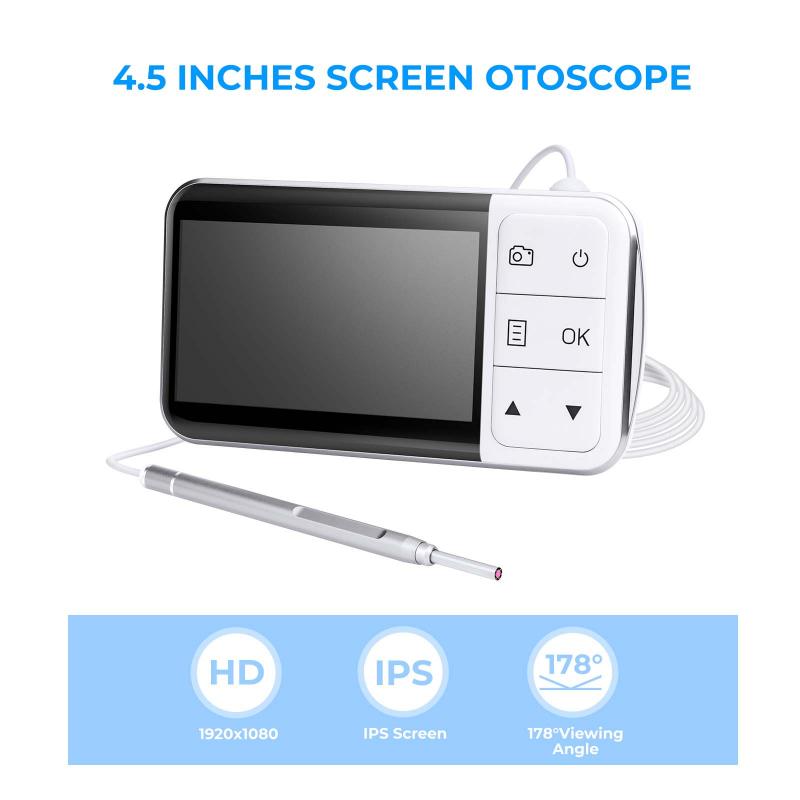
2、 Features to Consider: Magnification, Light Source, and Specula Size
When considering which otoscope to buy, there are several important features to consider: magnification, light source, and specula size. These features play a crucial role in ensuring accurate and effective examination of the ear.
Magnification is an essential feature as it allows for a detailed view of the ear canal and eardrum. Higher magnification enables healthcare professionals to identify any abnormalities or issues with greater precision. It is recommended to opt for an otoscope with adjustable magnification settings to cater to different examination needs.
The light source is another crucial factor to consider. Traditional otoscopes use halogen bulbs, but newer models often utilize LED lights. LED lights offer brighter illumination, which enhances visibility and allows for a more accurate diagnosis. Additionally, LED lights have a longer lifespan and consume less power, making them a more cost-effective and environmentally friendly choice.
Specula size is also an important consideration. Specula are the disposable tips that are attached to the otoscope for examination. It is crucial to choose an otoscope that offers a range of specula sizes to accommodate patients of different ages and sizes. This ensures a comfortable and secure fit, allowing for a thorough examination.
In addition to these features, it is worth considering the latest advancements in otoscope technology. Some newer models offer smartphone compatibility, allowing for easy capture and sharing of images or videos. This can be particularly useful for telemedicine or for documenting patient records.
Ultimately, the choice of which otoscope to buy depends on the specific needs and preferences of the healthcare professional. Considering features such as magnification, light source, and specula size, along with any latest advancements, will help ensure a reliable and efficient otoscope for accurate ear examinations.
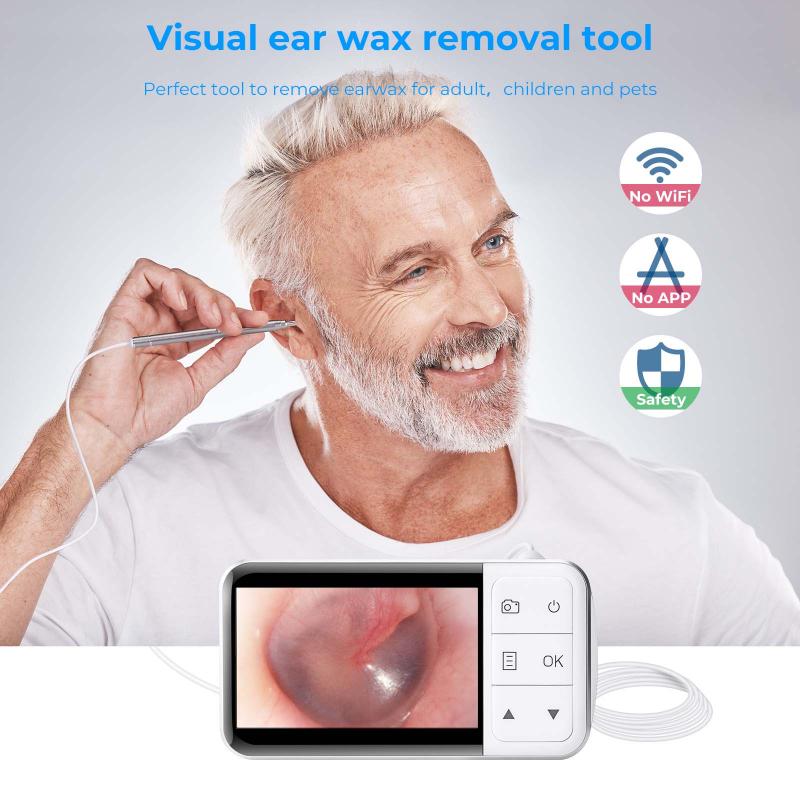
3、 Best Otoscope Brands: Top Recommendations in the Market
When it comes to choosing the best otoscope brand, there are several top recommendations in the market that offer high-quality products. One of the most popular brands is Welch Allyn, known for its reliable and durable otoscopes. Welch Allyn otoscopes are widely used by healthcare professionals and are known for their excellent optics and ergonomic design. They offer a range of models to suit different needs, from basic diagnostic otoscopes to advanced models with additional features.
Another reputable brand is Heine, which is known for its precision and high-quality craftsmanship. Heine otoscopes are designed with advanced optics to provide clear and detailed images of the ear canal. They are also known for their durability and long-lasting performance.
Riester is another brand that offers reliable otoscopes. Riester otoscopes are known for their innovative design and user-friendly features. They are designed to provide a comfortable and efficient examination experience for both the healthcare professional and the patient.
In recent years, there has been a rise in the popularity of digital otoscopes. These otoscopes allow for easy capture and storage of images and videos, which can be useful for documentation and telemedicine purposes. Brands like CellScope and Firefly offer digital otoscopes that are compatible with smartphones and tablets, making them convenient and portable options.
Ultimately, the best otoscope brand for you will depend on your specific needs and preferences. It is important to consider factors such as image quality, durability, ease of use, and additional features when making your decision. Consulting with healthcare professionals or reading customer reviews can also provide valuable insights into the performance and reliability of different otoscope brands.
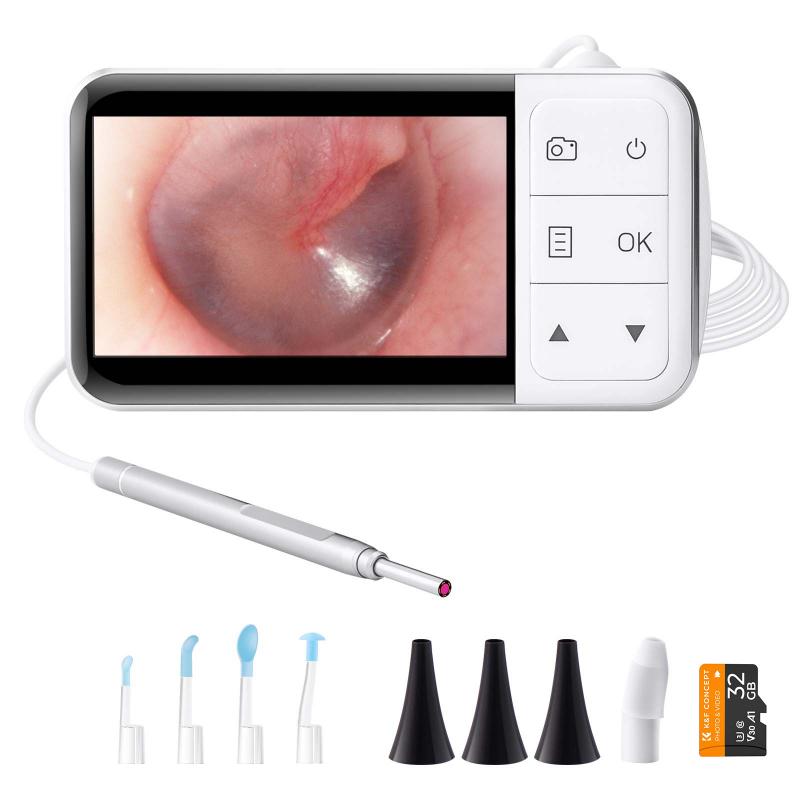
4、 Budget-Friendly Otoscopes: Affordable Options for Home Use
Budget-Friendly Otoscopes: Affordable Options for Home Use
When it comes to purchasing an otoscope for home use, finding a budget-friendly option can be a great way to save money while still ensuring quality and functionality. Here are some affordable otoscopes that are worth considering:
1. Dr Mom Slimline Stainless LED Pocket Otoscope: This otoscope is a popular choice among budget-conscious individuals. It offers a bright LED light and a slim design, making it easy to use and carry around. It also comes with a set of reusable specula, making it a cost-effective option in the long run.
2. Welch Allyn Pocket Junior Otoscope: This compact otoscope is another affordable option that provides good illumination and clarity. It is designed for home use and comes with a durable handle and a convenient pocket clip. It also offers a wide-angle viewing lens for better visualization.
3. RA Bock Diagnostics Ear Otoscope: This otoscope is known for its affordability and reliability. It features a bright LED light and a wide-angle lens for clear and detailed examination. It also comes with a set of disposable specula, making it hygienic and convenient to use.
4. Third Generation Dr Mom Slimline Stainless LED Pocket Otoscope: This upgraded version of the Dr Mom otoscope offers improved LED lighting and a sleek design. It also comes with a larger viewing lens for better visualization. Despite the upgrades, it remains an affordable option for home use.
When choosing a budget-friendly otoscope, it is important to consider factors such as illumination, clarity, and durability. Reading customer reviews and comparing prices can also help in making an informed decision. Remember, while these otoscopes are suitable for home use, it is always recommended to consult a healthcare professional for accurate diagnosis and treatment.


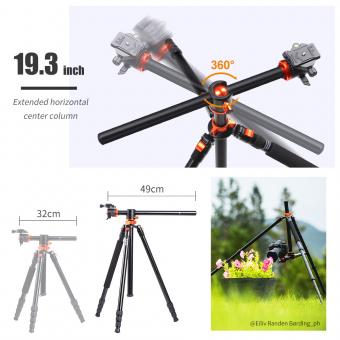



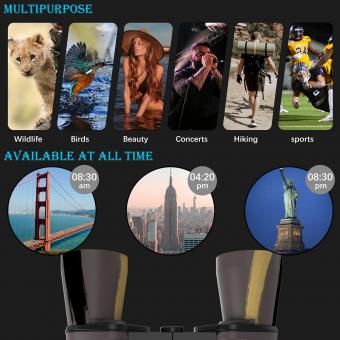
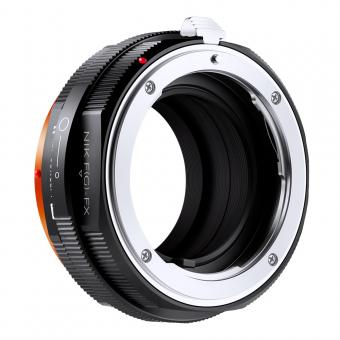




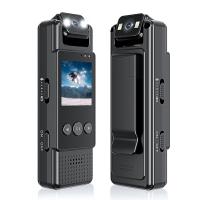

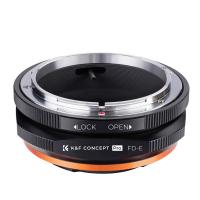
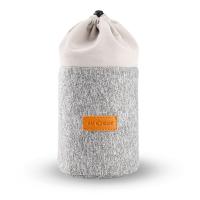




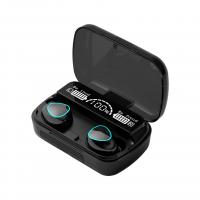
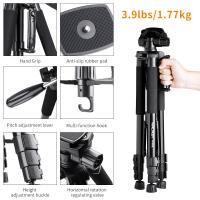
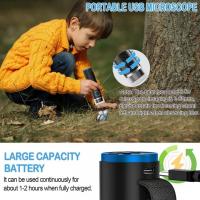
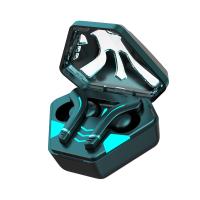


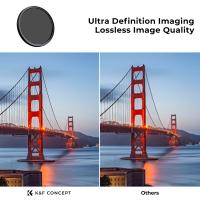
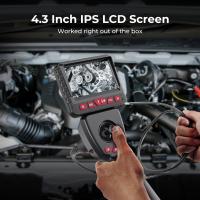


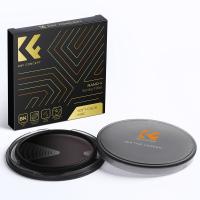
There are no comments for this blog.